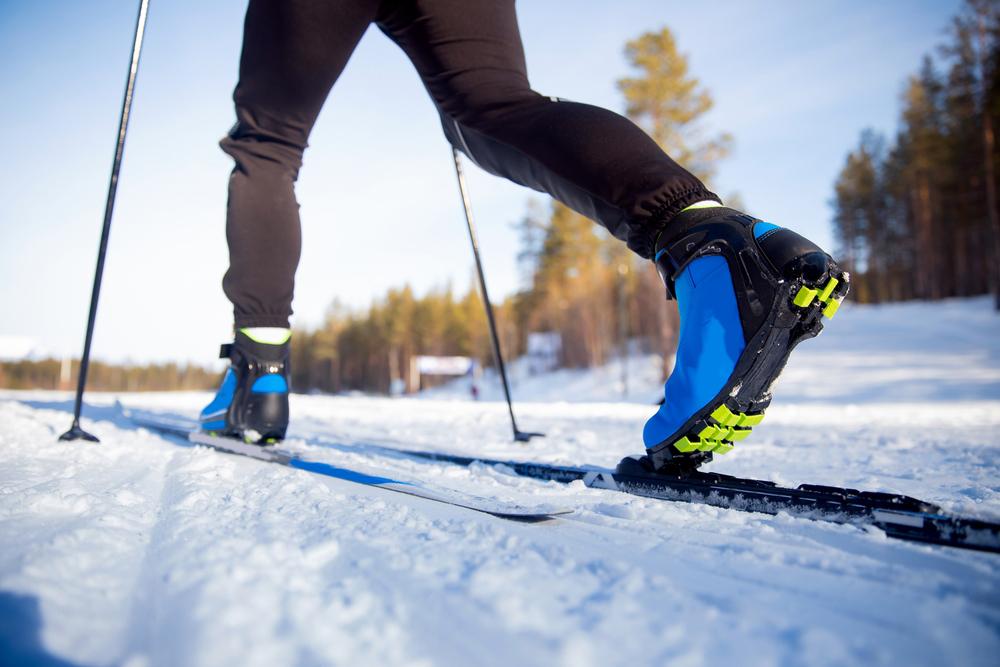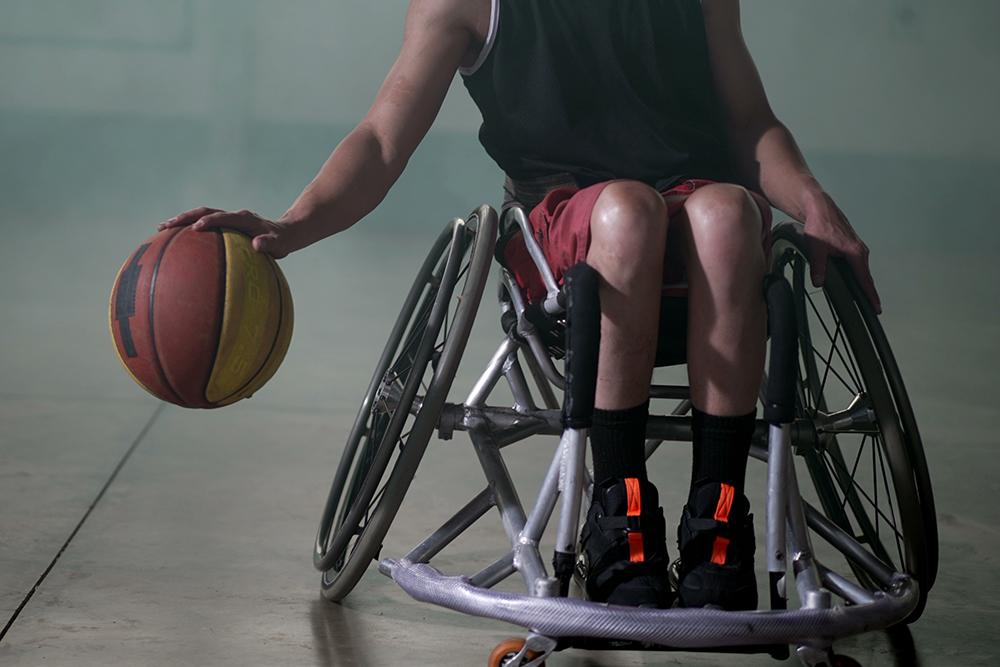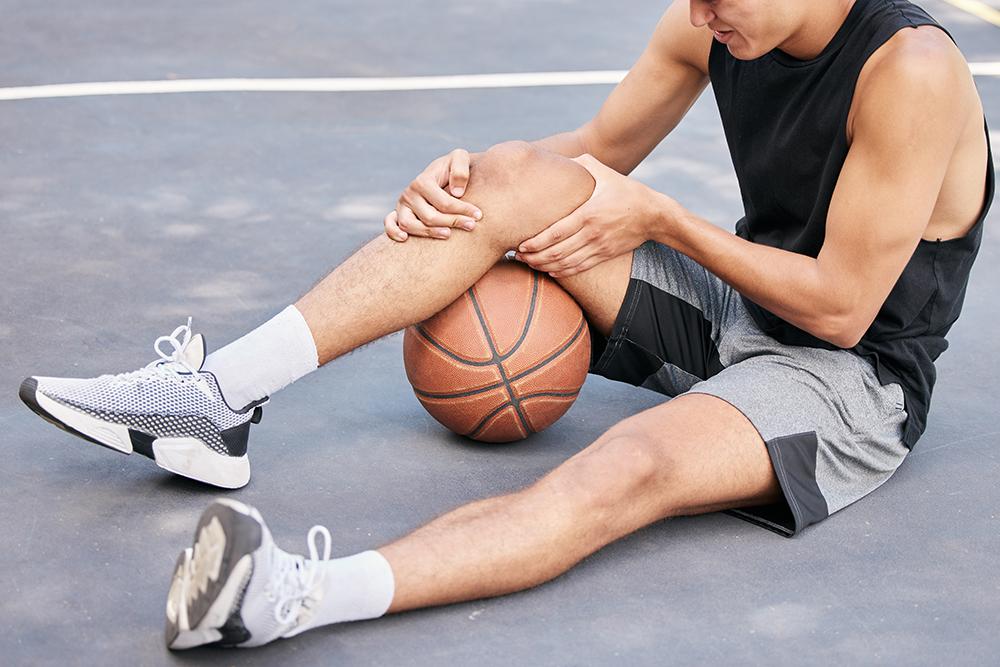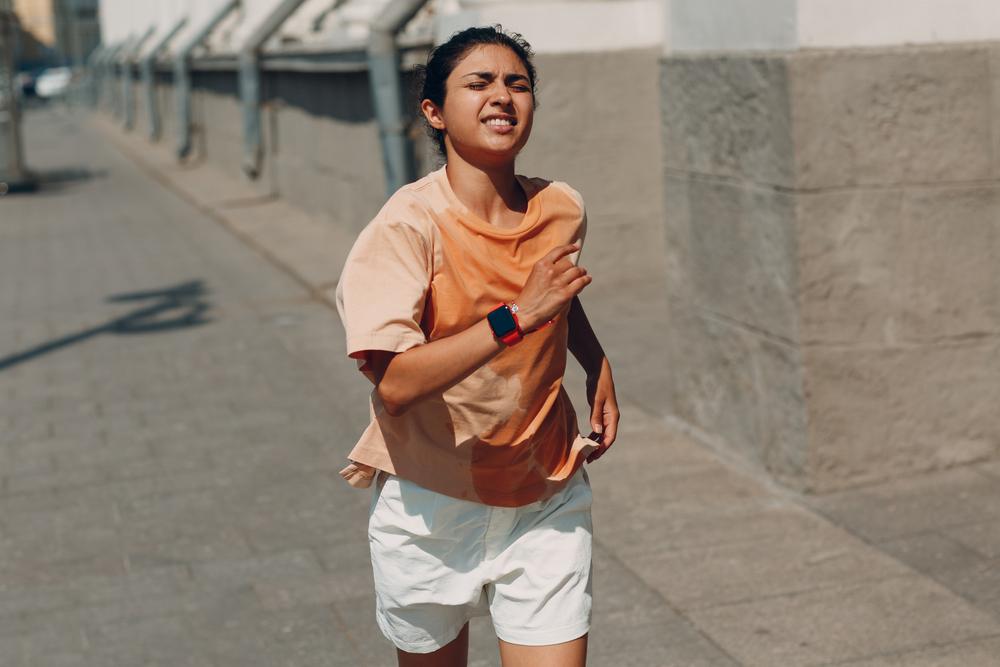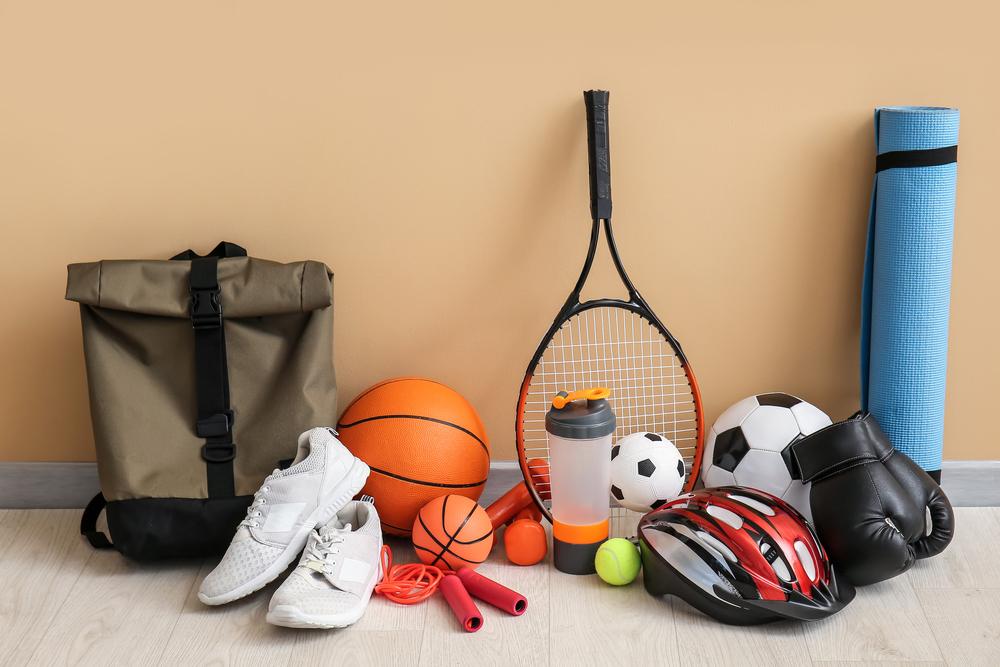 Youth sports may seem expensive, especially if you’re on a tight budget. Between team fees, extra lessons, and all the gear needed for a growing athlete, it adds up fast. And with the holidays coming, the list of sports-themed needs and wants is likely getting longer and longer. But sports don’t need to be exclusive to families with money to spare: You can give the gift of sport on a budget.
Youth sports may seem expensive, especially if you’re on a tight budget. Between team fees, extra lessons, and all the gear needed for a growing athlete, it adds up fast. And with the holidays coming, the list of sports-themed needs and wants is likely getting longer and longer. But sports don’t need to be exclusive to families with money to spare: You can give the gift of sport on a budget.
Here, parents and coaches have shared their top tips on how to save money while ensuring your athlete has everything he or she needs to succeed.
1. Give experiences (with rentals)
Often, parents assume that it’s necessary to get their athletes a full set of gear for every activity, but many times, renting once or twice is much more cost-effective. If your child is interested in a sport but hasn’t joined a team or fully committed, look for rental options or gear you can borrow before you decide to buy the entire setup. And experiences like a day at a downhill bike park with a bike rental or a session at the local batting cage can help improve performance without adding to your gear closet at home.
2. Check Facebook Marketplace and other used gear sites
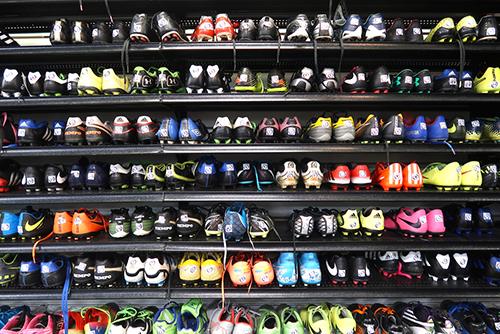 In addition to Facebook Marketplace, you may have a sporting good consignment store in your area, and those can be treasure troves for gently used gear. Because young athletes grow so quickly, used gear is typically still in great condition since it’s rarely used for more than a season. Check on local parent groups on social media to see if anyone has old gear they’re not using. Some parents might be so happy to clear out a garage that you’ll get nearly-new sporting goods for free.
In addition to Facebook Marketplace, you may have a sporting good consignment store in your area, and those can be treasure troves for gently used gear. Because young athletes grow so quickly, used gear is typically still in great condition since it’s rarely used for more than a season. Check on local parent groups on social media to see if anyone has old gear they’re not using. Some parents might be so happy to clear out a garage that you’ll get nearly-new sporting goods for free.
3. Ask the coach or other parents for gear
If you have a young athlete in elementary or middle school, your coach likely works with students of all ages. Ask the coach if any of the older athletes have gear that they’ve outgrown. You may even be able to coordinate a gear swap between parents with athletes of all ages: No parent wants to have a garage full of outgrown gear, and most will be happy to trade or sell the used items for low prices.
4. Ask family members to contribute
Rather than having grandparents, aunts, and uncles all give your child separate presents on holidays, ask them to contribute to one larger present, whether it’s swimming lessons or hockey gear. If they prefer to give actual gifts, make sure you provide them with a list of needed sporting equipment, so that your athlete gets the gear he or she needs.
5. Time with a role model
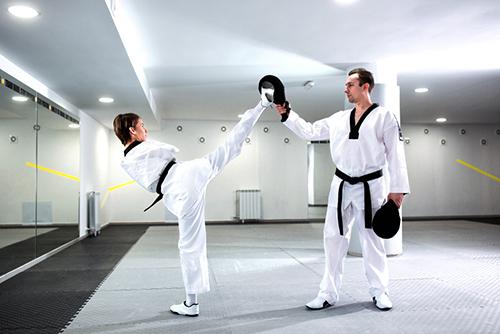 For young athletes, consider an hour “coaching” session with a cool role model—this could be a varsity player from a local high school. For an older athlete, this might be a collegiate athlete who graduated from the same high school. Talk to local coaches for suggestions.
For young athletes, consider an hour “coaching” session with a cool role model—this could be a varsity player from a local high school. For an older athlete, this might be a collegiate athlete who graduated from the same high school. Talk to local coaches for suggestions.
These young athlete role models can provide valuable tips and motivation to your young athlete, and often at very low cost to you! These student athletes might even donate the time as a resume-builder or to help meet their school’s community service requirements.
6. Get tickets to a local college game
A lot of kids would love to go watch professionals play their favorite sport, but tickets to league games can be pricey. Check out your local college instead: Often, tickets to games and meets are incredibly cheap or even free! It’s great for kids to see players above their level, but not yet professional since it feels more attainable and motivational.
____________________________
Takeaway
When it comes to sport, gifting doesn’t always have to be expensive. For best results, don’t wait for the holiday rush when prices and emotions tend to run high. Start thinking about this ahead of the holidays so you can avoid panic purchasing. Similarly, sports teams offer ‘early bird’ pricing. which can save a few hundred dollars on registration fees, so if parents know what sport a child is interested in, they should reach out to the club, follow their pages on social media, and check their websites often.
